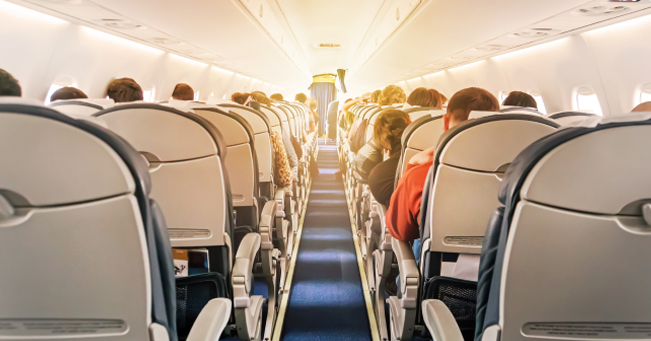Don’t have an Account? Sign up
I have an Account? Login
By continuing you agree to Aeroclaims.Asia’s Terms & Conditions and Privacy Policy

Most travel by air is international and between different countries, so an international air law convention generally applies. This is called the Montreal Convention.
The Montreal Convention 1999 (or MC99 for short) establishes airline liability in the case of death or injury to passengers, as well as in cases of delay, damage or loss of baggage. It unifies all of the different international treaty regimes covering airline liability that have developed haphazardly since 1929.
MC99 is designed to be a single, universal treaty to govern airline liability around the world. The convention governs the rights and liabilities of international air carriers and passengers. Like the Warsaw Convention before it, the Montreal Convention has been construed as having a complete preemptive effect over all claims within its scope. Courts interpreting the Montreal Convention rely on cases interpreting similar provisions of the Warsaw Convention.
According to the Montreal Convention, the liability limits have recently been revised and from 28th December 2019 an airline’s liability is now 128,821 SDR’s. The convention was brought about mainly to amend liabilities to be paid to families for death or injury whilst on board an aircraft. It allows the victim or their families to sue foreign carriers where they maintain their principal residence, and requires all air carriers to carry liability insurance. The Montreal Convention, like the Warsaw Convention bars any claim outside its terms for personal injury suffered on board an aircraft or in the course of any of the operations of embarking or disembarking.



The Montreal Convention covers international carriages between the 120 countries who ratified the accord.
This includes flights between State Parties, as well as flights within a single State Party that include a planned stopover in
another country, even if this third party has not ratified the Montreal Convention or not.
To put this in perspective :
| Flight Itinerary : | Planned Stopover : | Application of Montreal Convention ? |
|---|---|---|
| From State Party to State Party | Irrelevant | YES |
| Within a single State Party | NO | No |
| Within a single State Party | YES, in another State Party | YES |
| Within a single State Party | YES, in another State Party | YES |
For example:
Flight Finland – China (both State Parties) – covered by Montreal Convention
Domestic flight within China but without stopover – not covered by Montreal Convention
Flight within China but with a stopover in Japan (State Party) – covered by Montreal Convention
Flight within but with a stopover in Vietnam (not a State Party) – covered by Montreal Convention
Often there are a number of options available for where you can bring your
claim, depending on factors such as :
The home nation of the carrier.
The country of the carrier’s main place of business
The country where the contract was made or the ticket purchased.
The destination of the flight.
The home nation of the passenger if the carrier flies to or from that country.
Under the terms of the Montreal Convention there is a time limit of 2 years in which to claim compensation for an accident or illness.
This is 2 years from the date of the accident.
